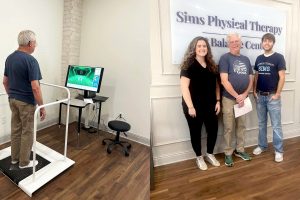-

“To really get where we need to [in balance training], you need to add the interactive factor, the neurological benefits, and the visual stimulation,” says Sims. According to Sims, the Alfa balance training equipment provides visual stimulation, promotes high repetition, increases patient engagement, eliminates compensation patterns, and fosters neuroplasticity.
-

A recent article identifies four questions that physical therapy patients have before their first session. These four questions help set patient expectations for the course of treatment. Answering these questions early on can establish trust, increase engagement, and improve their satisfaction with your treatment.
-

Dr. Edo Zylstra runs an outpatient rehab clinic like no other. At KinetaCare, every patient pays cash only, and every referral comes from word-of-mouth. That’s a business model built entirely on pure clinical success and patient enthusiasm.
-

When patients look at their objective progress reports, they know they’re getting better. There’s no guessing whether patients are progressing and no question about what’s making the difference. The strongest driver of his incredible compliance rate is the MCU’s evidence-based, objective measurement.
-

“For neck rehab, the MCU does what TheraBands and manual therapy can’t do...It was so obvious, what’s missing is neck strength. With the MCU we can finally address the underlying problem."
-

Q&A with GATA Hall of Famer, Paul Higgs – Successful Reimbursement for Athletic Training Services
CategoriesReimbursement and CPT codes are uncharted territory for most Athletic Trainers. But one trailblazer has built a successful system of billing and reimbursement for athletic training services at Valdosta State University.






